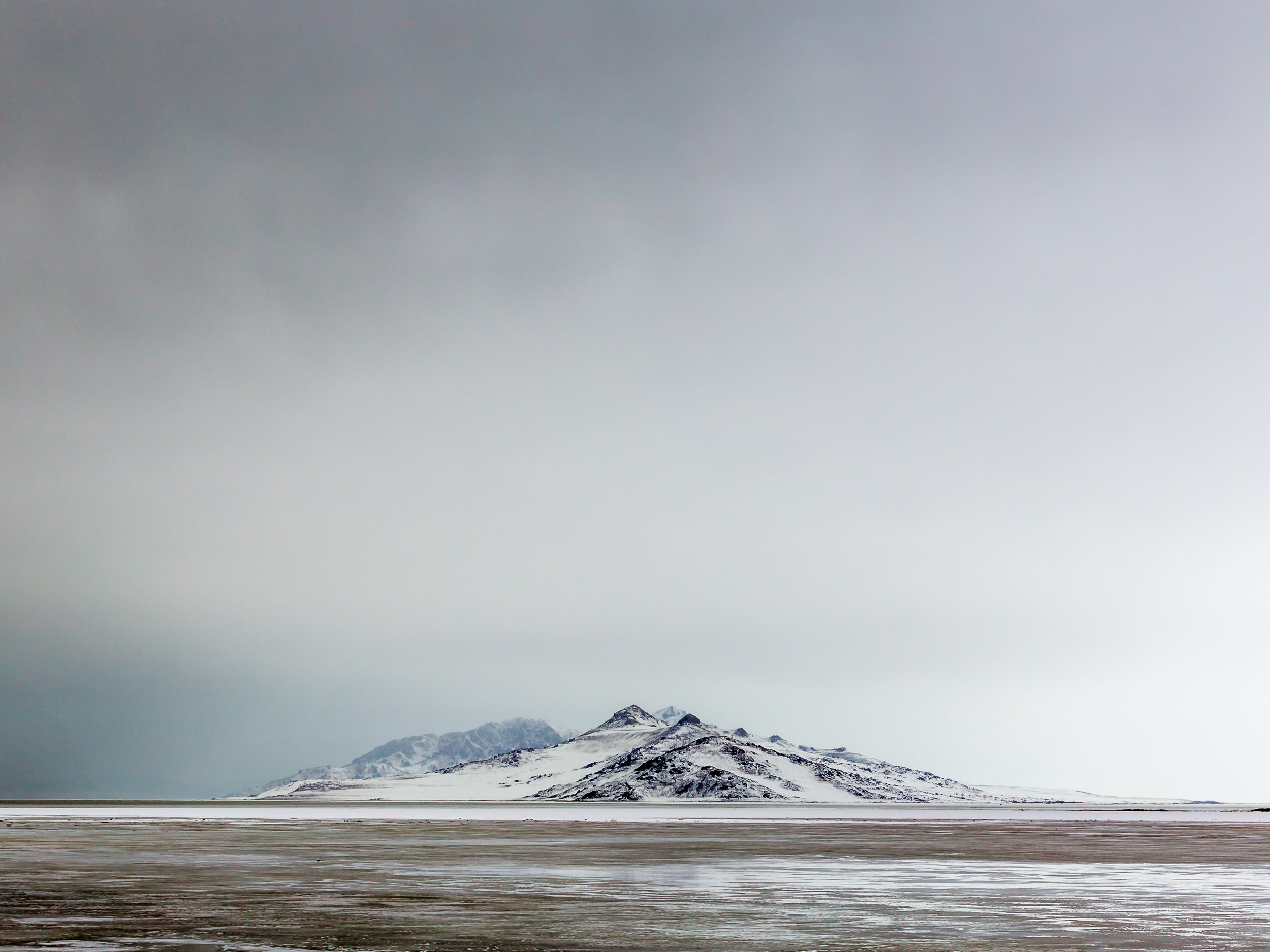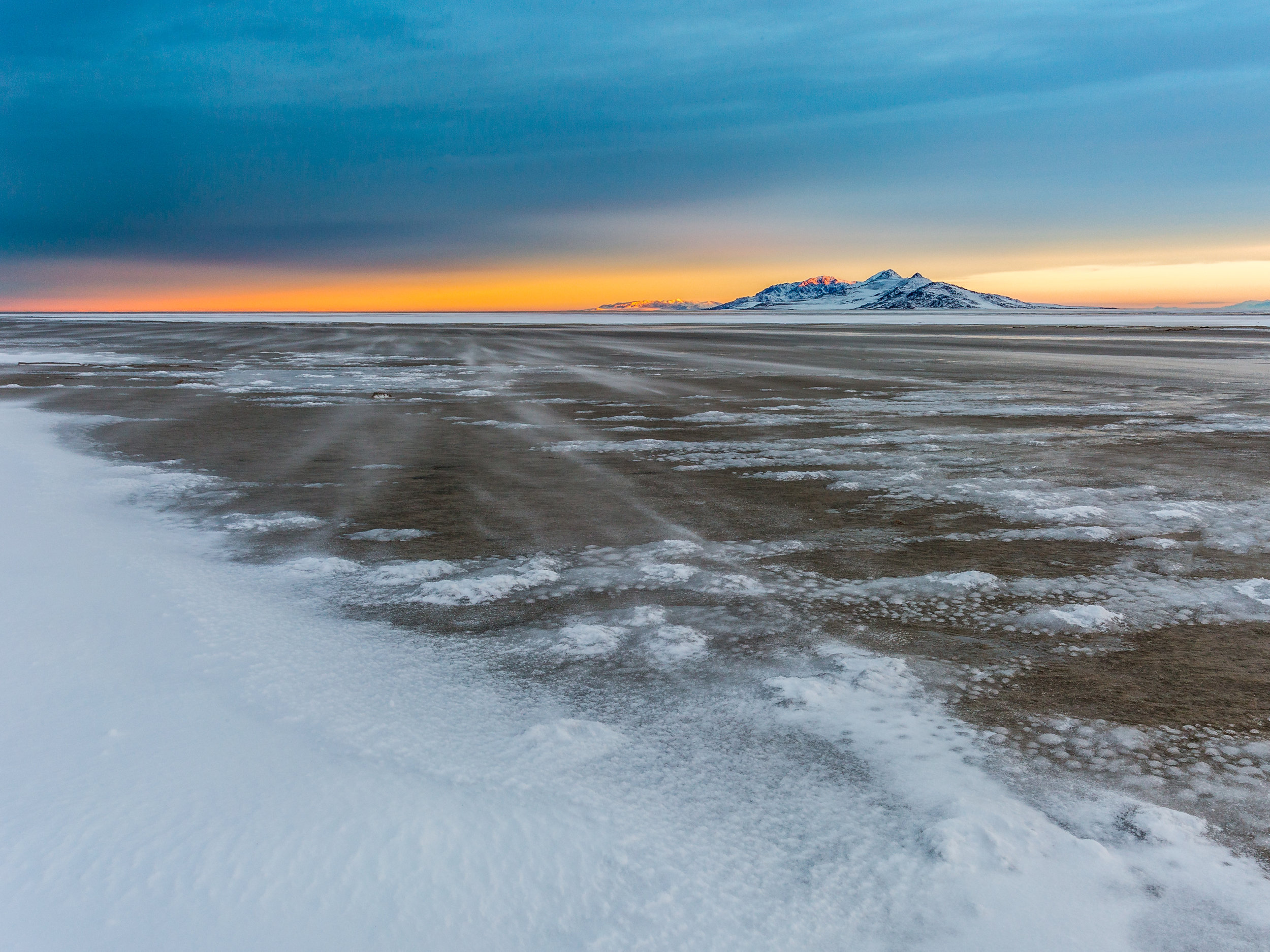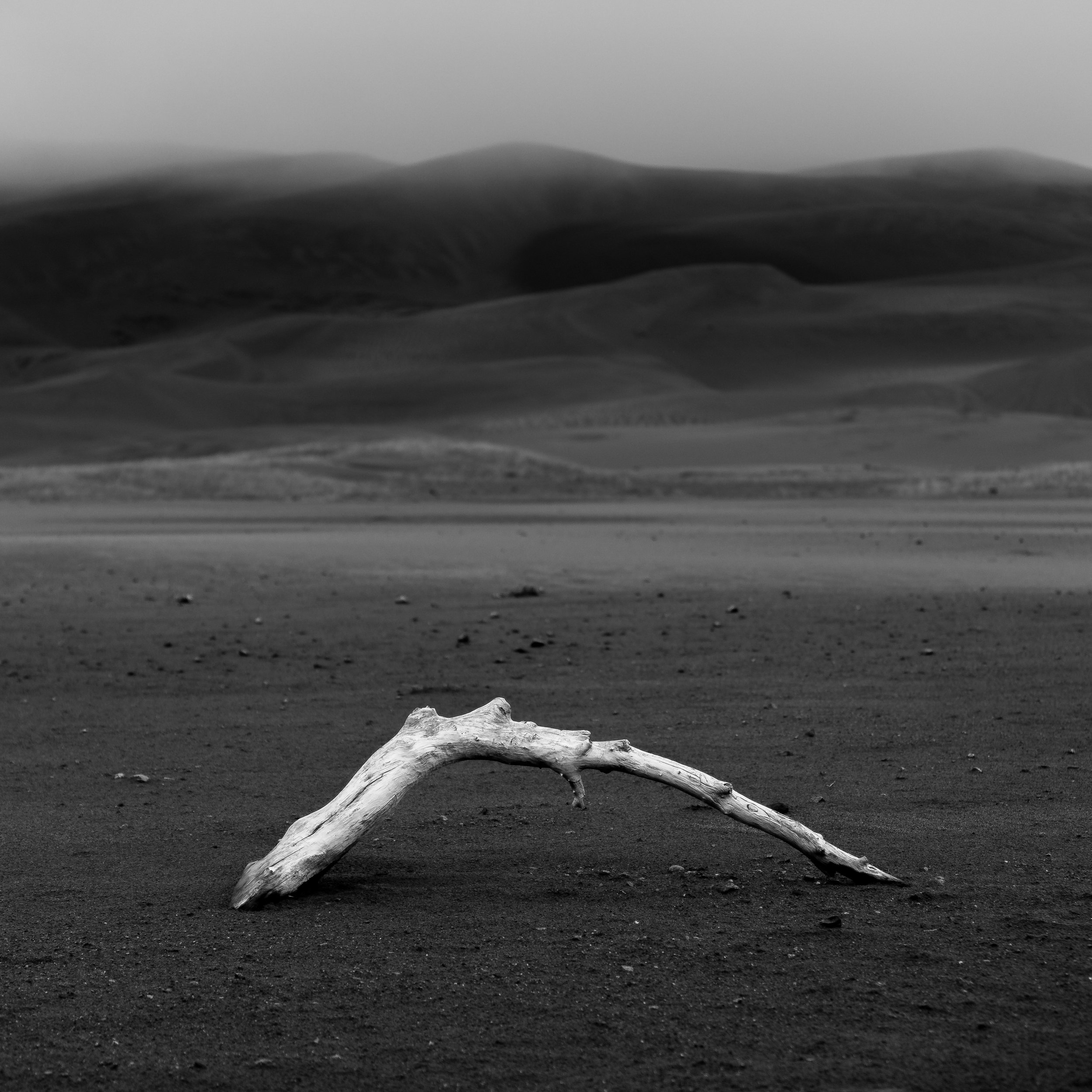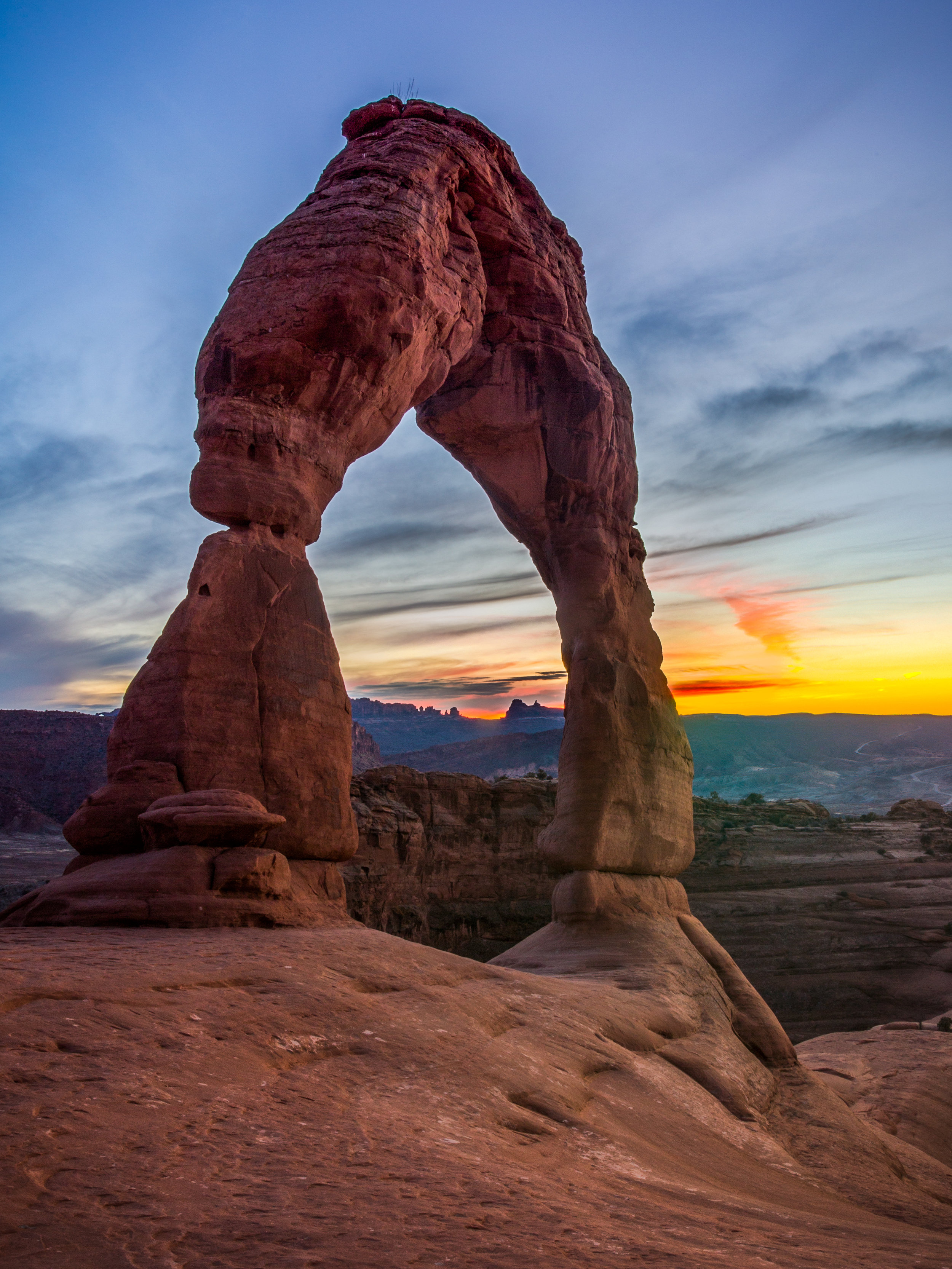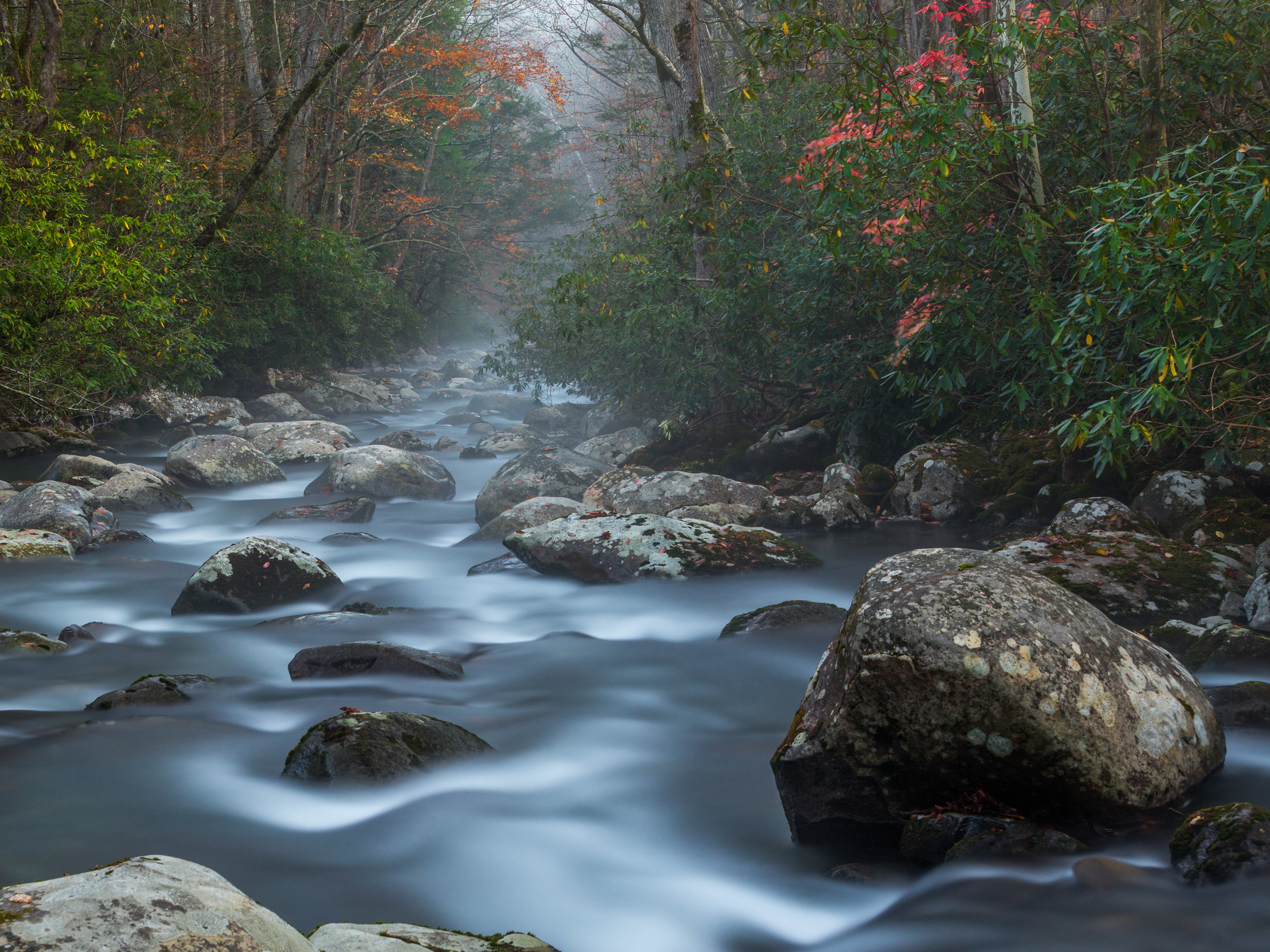When I was a new photographer, I had the urge to photograph everything! By trying to photograph everything though, I often times didn't create anything. What I mean to say is; my images lacked a story, and thus were lacking interest.
Maturing as a photographer, I began to realize that less was more. If I could walk away from a trip with a handful of carefully selected images rather than a thousand, it yielded far greater results. Sometimes it is still difficult in a new location not to get trigger happy. I constantly remind myself that it is time that creates good images. The time you take planning at home, the time spent composing your shot, the time you spend waiting for that perfect moment, the time you use to edit the image, the time it takes to print it and release it for the world to see. Each step in the process of creating great images takes time, and by taking your time you are more likely to create quality content.
I recently scouted a location and decided to attempt to only click the shutter button once. It was hard to think about. In my head I was all, "What if another image presents itself to me? What if the light is insane"!?... etc etc. The problem with chasing light is that it is quite honestly like chasing your tail. Odds are you will end up missing the best image because you were running around trying to find it instead of making it. In todays world it has been made easier to run in circles thanks to digital cameras and endless shutter clicks, but it has also been made easier to slow down also. We have technology that can predict cloud cover, the difference between high, middle, and low clouds; where the sun will set, and the Milky Way will rise. Technology has given us the ability to scout a location before we even set foot in the area thanks to Google Earth. If we take our time and properly plan a photo shoot, then it is possible to walk away with taking only one stunning shot.
Green Knob Sunrise
© Andrew Lockwood 2018
I can't tell you how many times I've packed up my camera and switched a location just to find out that if I had waited a few minutes longer the light would have made an amazing photograph. Learn from my mistakes and remember that it's not over till it's over! Take your time, research, plan, compose, and wait. You will be rewarded with great photographs!











